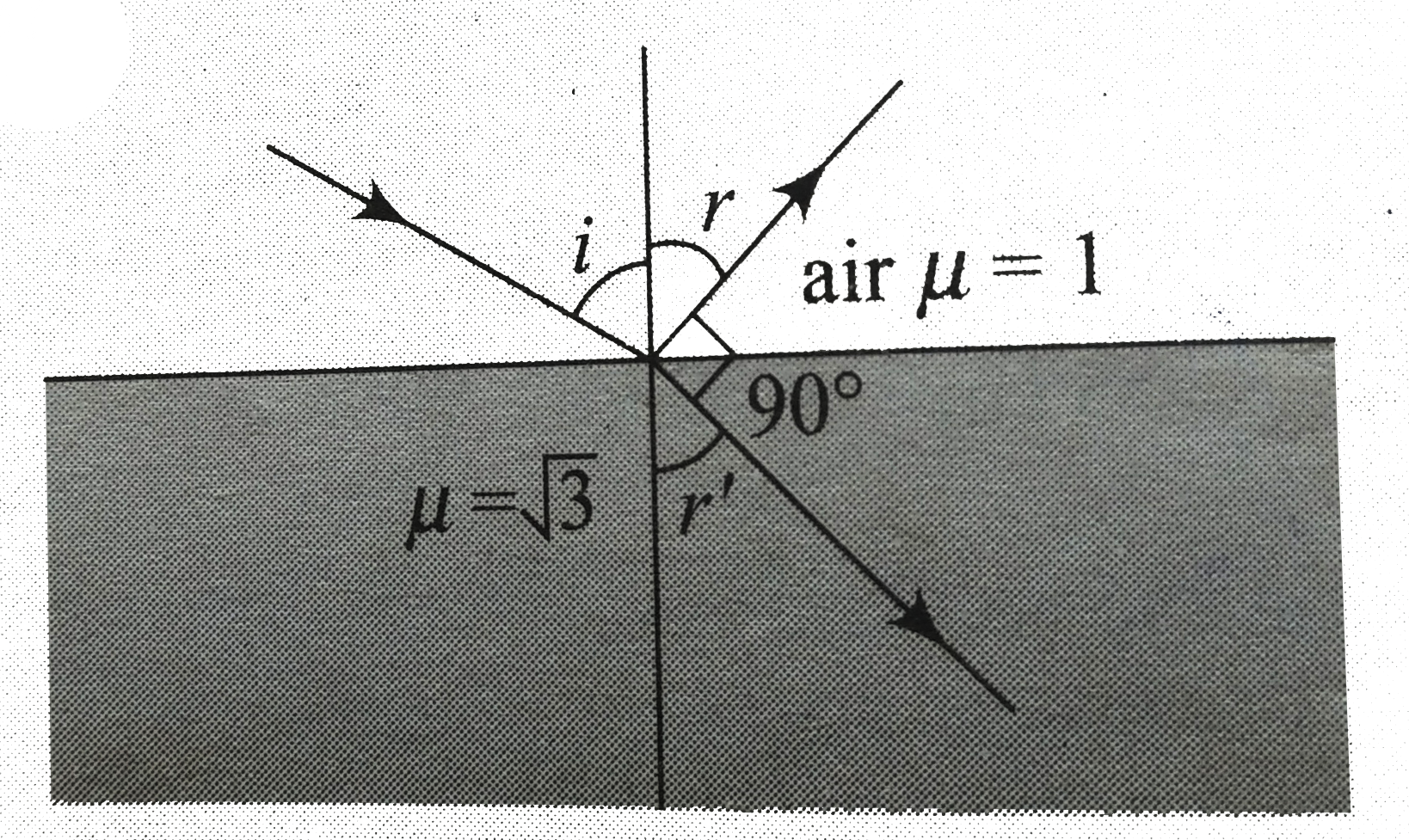Text Solution
Verified by Experts
|
Topper's Solved these Questions
GEOMETRICAL OPTICS
CENGAGE PHYSICS|Exercise Solved Examples|15 VideosView PlaylistGEOMETRICAL OPTICS
CENGAGE PHYSICS|Exercise Exercise1.1|14 VideosView PlaylistFRICTION
CENGAGE PHYSICS|Exercise QUESTION BANK|1 VideosView PlaylistGRAVITATION
CENGAGE PHYSICS|Exercise Question Bank|39 VideosView Playlist
Similar Questions
Explore conceptually related problems
Knowledge Check
Similar Questions
Explore conceptually related problems
CENGAGE PHYSICS-GEOMETRICAL OPTICS-Integer Type
- A ray of light is incident on a transparent glass slab of refractive i...
01:45
|
Playing Now - The focal length of a thin biconvex lens is 20cm. When an object is mo...
Text Solution
|
Play - A large glass slabe (mu=5//3) of thickness 8cm is placed over a point ...
02:19
|
Play - Image of an object approaching a convex mirror of radius of curvature ...
02:55
|
Play - Water (with refractive index =4//3) in a tank is 18cm deep. Oil of ref...
09:56
|
Play
